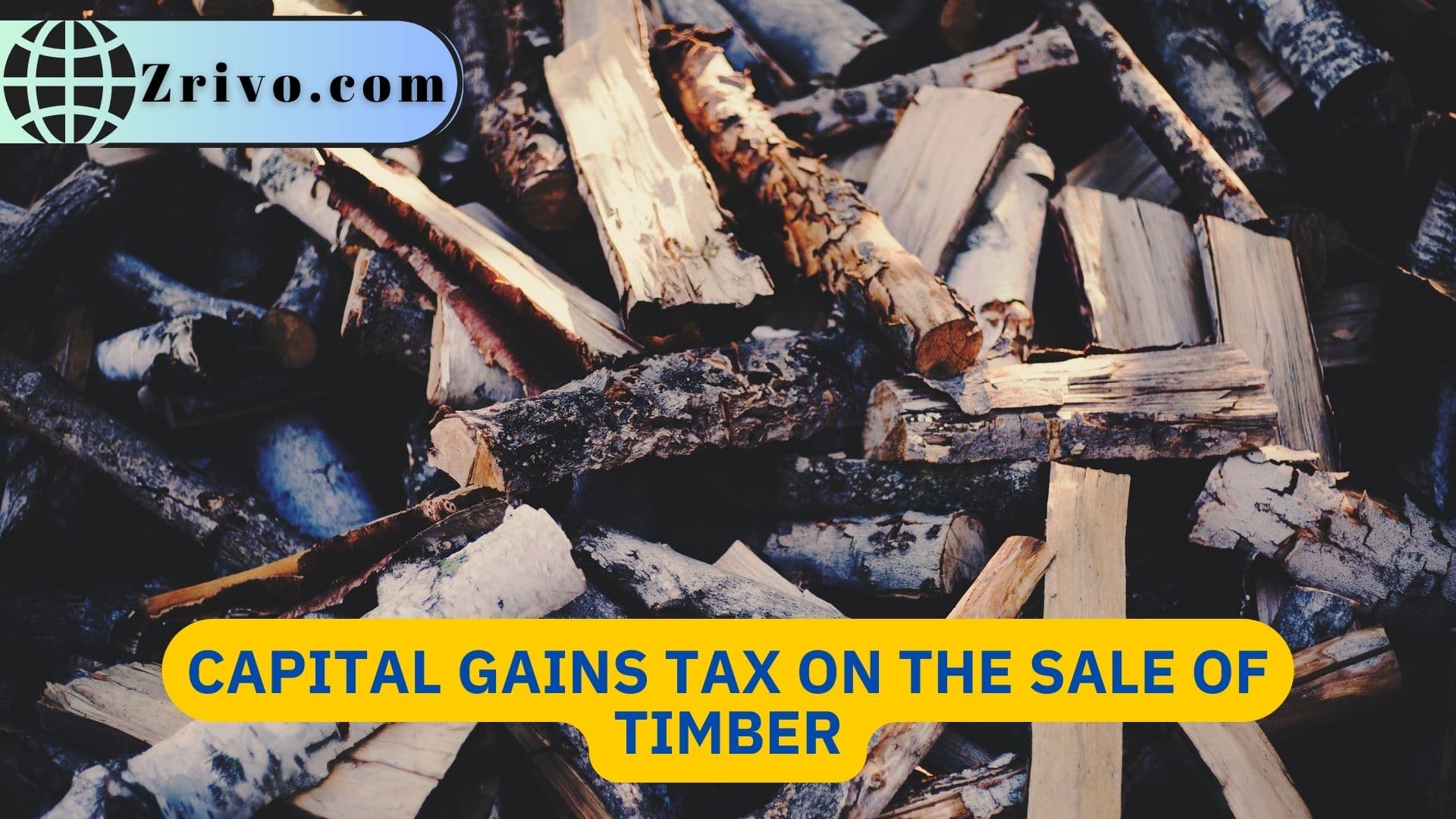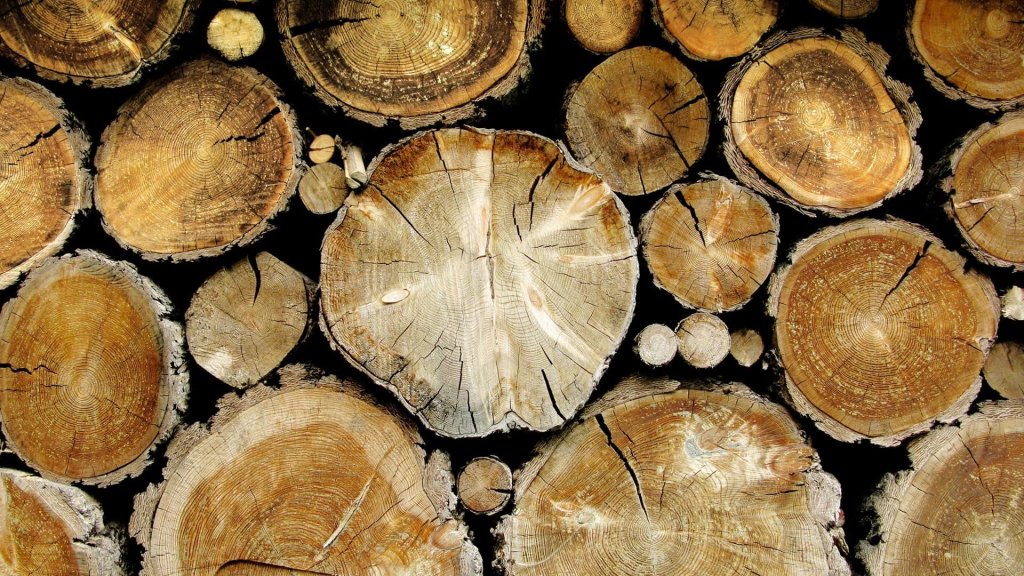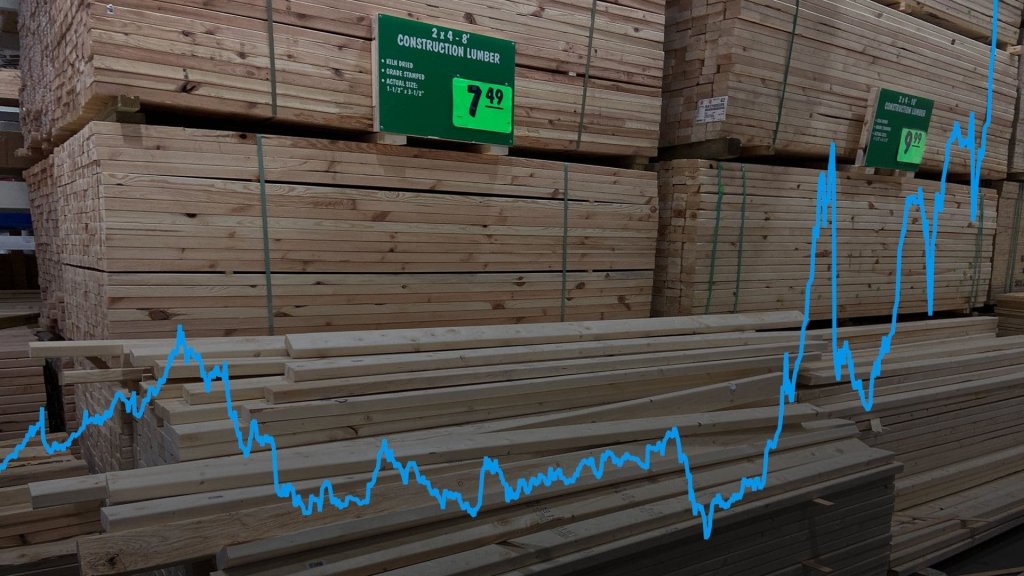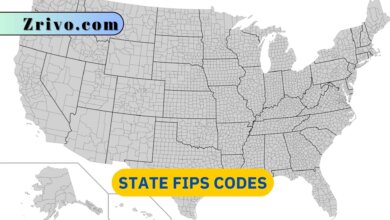Capital Gains Tax on the Sale of Timber
This article will cover some key aspects related to capital gains tax on timber sales and instructions on calculating the capital gains tax on the sale of timber.

Contents
The sale of timber can present both financial opportunities and tax implications for individuals and businesses engaged in forestry activities. As timberland owners consider monetizing their forest assets, navigating the complexities of capital gains tax becomes crucial. Understanding the intricacies of calculating and managing capital gains tax on timber sales is essential to ensure compliance with applicable tax laws while optimizing financial outcomes. In this comprehensive guide, we will delve into the process of calculating capital gains tax, explore the factors that influence tax liability, and highlight important considerations to keep in mind when selling timber. Whether you are a landowner, timber investor, or forestry professional, this article provides a solid foundation of knowledge to make informed decisions regarding timber sales and taxation.

How to Calculate the Capital Gains Tax On the Sale of Timber?
The holding period of timber is determined differently than other assets, such as stocks or bonds. The holding period for timber begins when the tree is planted or acquired and ends when the timber is sold. The sale date determines whether the timber was held for more than one year or one year or less.
- Determine the Holding Period: The holding period is the length of time you held the timber before selling it. In most countries, including the United States, the capital gains tax rate varies depending on whether the timber was held for a short-term or long-term period. Generally, assets held for one year or less are considered short-term, while those held for more than one year are considered long-term.
- Calculate the Cost Basis: The cost basis represents the original purchase price of the timber, plus any associated costs such as commissions or fees paid during the acquisition. The cost basis may be determined differently if you acquired the timber through means other than a purchase, such as inheritance. Certain adjustments or deductions might also be applicable, so consult a tax professional for accurate calculations.
- Determine the Selling Price: The selling price is the amount for which you sold the timber.
- Calculate the Capital Gain: To calculate the capital gain, subtract the cost basis from the selling price. You have a capital gain if the selling price is higher than the cost basis. If the selling price is lower, you have a capital loss.
- Apply the Appropriate Tax Rate: The tax rate applied to the capital gain depends on the holding period. In the United States, long-term capital gains are generally taxed at a lower rate than short-term capital gains. The specific tax rates can change, so refer to the latest tax laws or consult a tax professional.
- Calculate the Capital Gains Tax: Multiply the capital gain by the applicable tax rate to calculate the capital gains tax owed. This amount represents the tax liability on the sale of timber.
- Consider Other Factors: Depending on your jurisdiction, additional considerations or exemptions may be specific to timber sales. For instance, some countries or regions offer special tax treatment for timber sales, such as preferential rates or exemptions for certain types of timber activities. Research your local tax laws or consult a tax professional for any specific provisions that may apply.

FAQs
Are there any special rules for the sale of standing timber?
Yes, the sale of standing timber is treated as the sale of a capital asset, and the holding period and cost basis are determined using special rules under Section 631 of the IRC.
Can a taxpayer deduct losses on the sale of timber?
Yes, taxpayers can deduct losses on the sale of timber, subject to certain limitations and requirements.
Are there any exemptions for small sales of timber?
Yes, taxpayers who sell timber harvested from their own property in small quantities may be eligible for an exemption from federal income tax under the small sale exemption. The exemption amount varies depending on the taxpayer’s income and the amount of timber sold.
Are there any special rules for inherited timber?
Yes, when timber is inherited, the holding period and cost basis are determined based on the fair market value of the timber on the date of the decedent’s death. This is known as a stepped-up basis.





